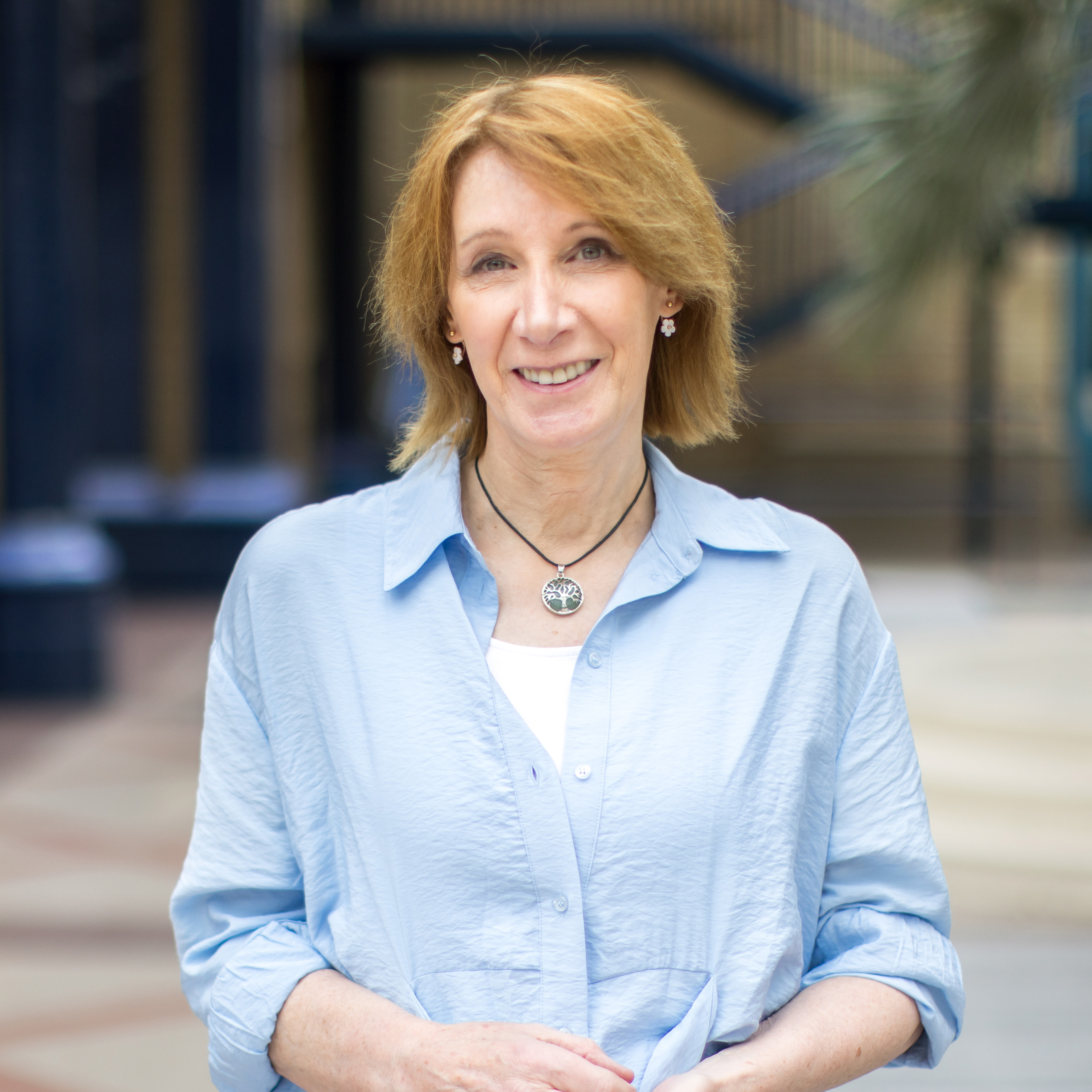Philippa York: Why the Criterium du Dauphine matters
A mini Tour de France with something for everyone
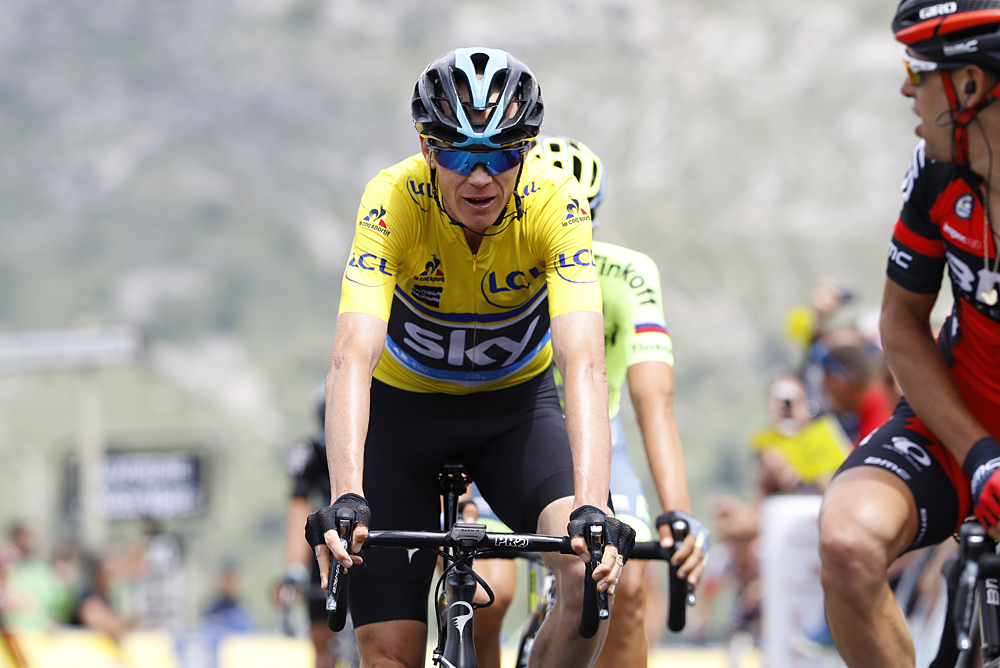
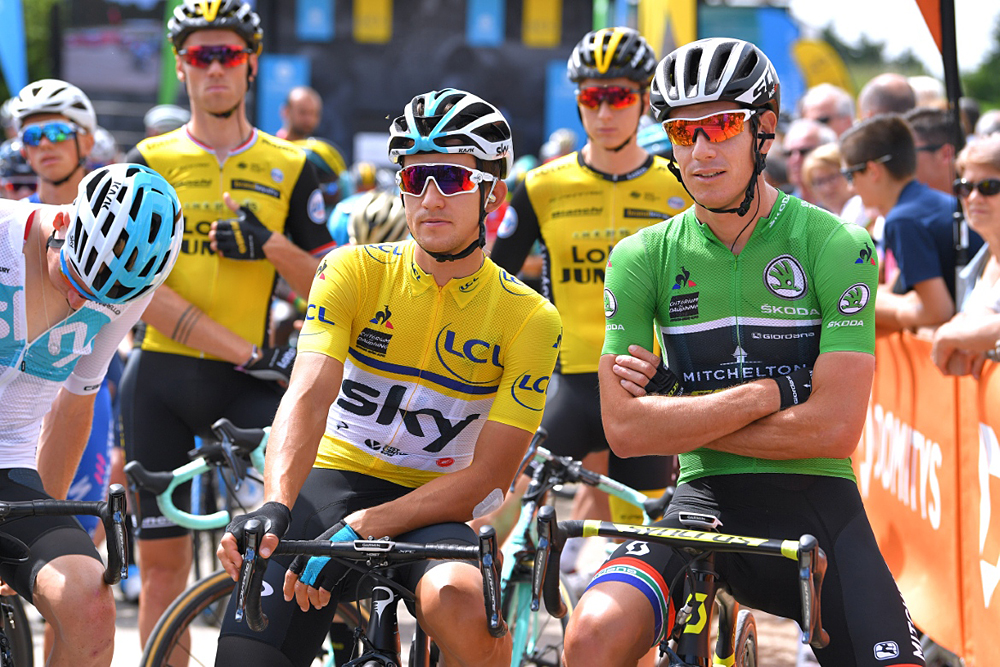
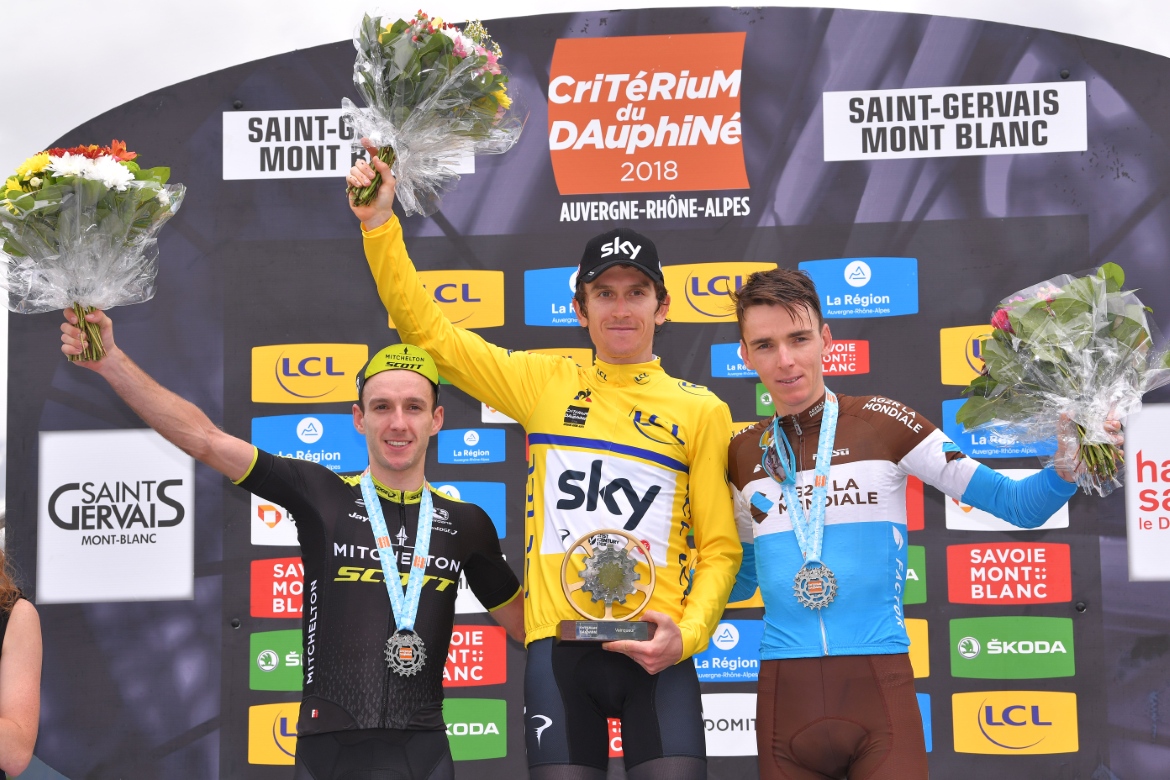
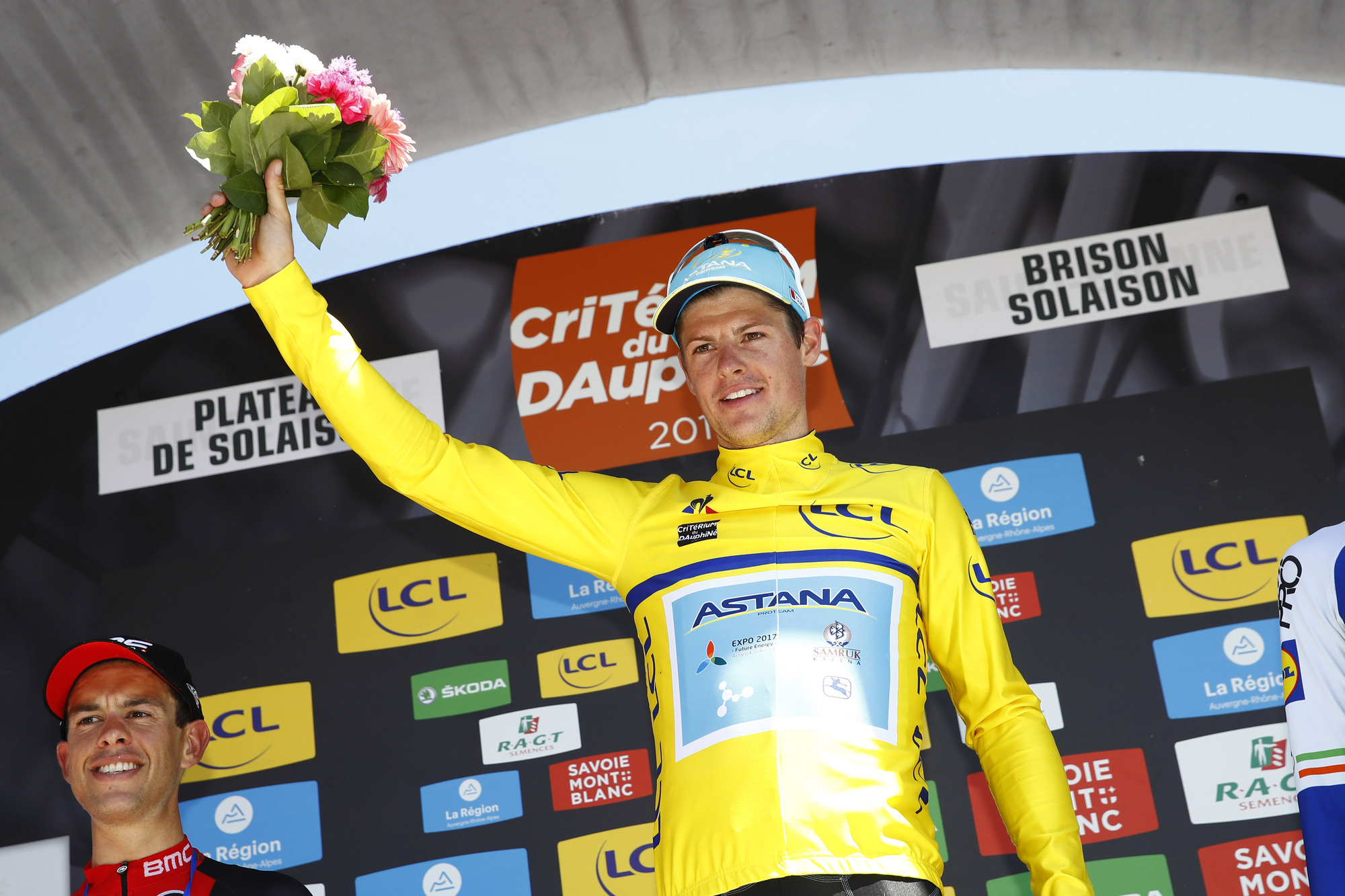
The Critérium du Dauphiné sits in a privileged slot in the WorldTour calendar with only four weeks from its start to the beginning of the Tour de France, and because of that, it has always been one of the final indicators of who has the potential to be competitive in July.
As race director and the record holder for the number of podium appearances, Bernard Thévenet, pinned down the challenges of the route perfectly when he describes the race as a condensed Tour de France. And it truly is. There are flat stages, rolling stages, and some mountains. Something for everyone, he told me on Sunday’s stage 1, and a race where every type of rider can compete and show their talents if they have the form. The Dauphiné offers every style of rider the chance to deliver.
Another vital aspect of being able to race well here is the confidence it gives a rider because, and it’s especially highlighted this year, the level is so high. Quite often the rider who wins the Dauphiné goes on to win the Tour, so in terms of guys who want to be taken seriously, the race presents an ideal opportunity to prove just where they lie in the hierarchy of favourites.
However, it’s not just the big names who come to the race looking for answers and information on how their form is. The other riders that make up a team also have things to prove and the directeurs sportifs are watching all the time, seeing who is going well, and noting what little things need adjusting to make sure the whole structure is in the best possible condition for the Tour.
Take AG2R La Mondiale as an example. This is a race that matters to them and they have come here with Romain Bardet as a possible winner. However, the core of what will be their Tour de France team is also present and that unit has come directly from a two-week training camp at Sierra Nevada. Manager Vincent Lavenu highlighted not just the physical need to complete altitude work but also build a solid core of riders he can rely on, a homogenous collective that has confidence in each other.
That’s a recurring theme of the Dauphiné, confidence. It’s an important aspect to riders’ form but also in making sure all the staff is prepared for three weeks of stress that awaits them at the Tour. Traditionally there’s also new equipment from the teams’ suppliers to test, so more often than not there’ll be a new frame that’s intended for the Tour de France but it’ll be previewed once or twice, probably on a stage where if something goes wrong it’s not dramatic. You might get a new bike or an updated groupset to test under race conditions but then it goes back in the truck for the season’s main event.
Things like a new model of shoes or a lighter saddle are different because it’s they're main contact point and therefore you can use them from then on, though sometimes you aren’t quite sure if they are being broken into you or vice versa. The search for improvement is something that never stops and becomes more obvious when the latest shiny stuff appears pre-Tour, even if only briefly.
Get The Leadout Newsletter
The latest race content, interviews, features, reviews and expert buying guides, direct to your inbox!
I think what most people forgot about the Critérium de Dauphiné is that it’s France’s second biggest stage race. It’s an important event and its reach and notoriety with the general public aren’t to be underestimated. When I won it in 1990 it was a big deal, not just for me, but also for Team Z. They were based in the Rhone-Alpes region and we had guests from not only the factory but also the other suppliers visiting most days. The owner of Z, Roger Zannier, was in the team car on the crucial days and he was at the finish on the last day so there was a certain level of pressure when I lined up for the stage 8 time trial around Lake Annecy. We had estimated I’d take somewhere between a minute and a half to two minutes from race leader Thierry Claveyrolat, who was nine seconds ahead of me, and our calculations were correct as I beat him by 1:45, but that kind of hides how much it hurt to make sure I won. It hurt a lot.
It hurt the other days too, especially when we distanced Tony Rominger and eliminated the threat from the Colombian riders. To win a race like the Dauphiné isn’t easy and you only have to look through the list of winners to see some of the sport's biggest names.
Personally, I looked at the race as the final test for where I was with my climbing and if I could win the mountains classification then I was happy. If our pre-race recce/training camp of the mountains, and the time trial if there was one, had gone well and I was competitive then I could take that confidence into the Tour.
As Bernard Thévenet and Vincent Lavenu both pointed out before the first stage on Sunday, the Dauphiné isn’t a simple preparation race before the Tour de France. In many aspects of getting everything right for July, it’s a vital indication of whether you are on the right path or not.
Philippa York is a long-standing Cyclingnews contributor, providing expert racing analysis. As one of the early British racers to take the plunge and relocate to France with the famed ACBB club in the 1980's, she was the inspiration for a generation of racing cyclists – and cycling fans – from the UK.
The Glaswegian gained a contract with Peugeot in 1980, making her Tour de France debut in 1983 and taking a solo win in Bagnères-de-Luchon in the Pyrenees, the mountain range which would prove a happy hunting ground throughout her Tour career.
The following year's race would prove to be one of her finest seasons, becoming the first rider from the UK to win the polka dot jersey at the Tour, whilst also becoming Britain's highest-ever placed GC finisher with 4th spot.
She finished runner-up at the Vuelta a España in 1985 and 1986, to Pedro Delgado and Álvaro Pino respectively, and at the Giro d'Italia in 1987. Stage race victories include the Volta a Catalunya (1985), Tour of Britain (1989) and Critérium du Dauphiné Libéré (1990). York retired from professional cycling as reigning British champion following the collapse of Le Groupement in 1995.
